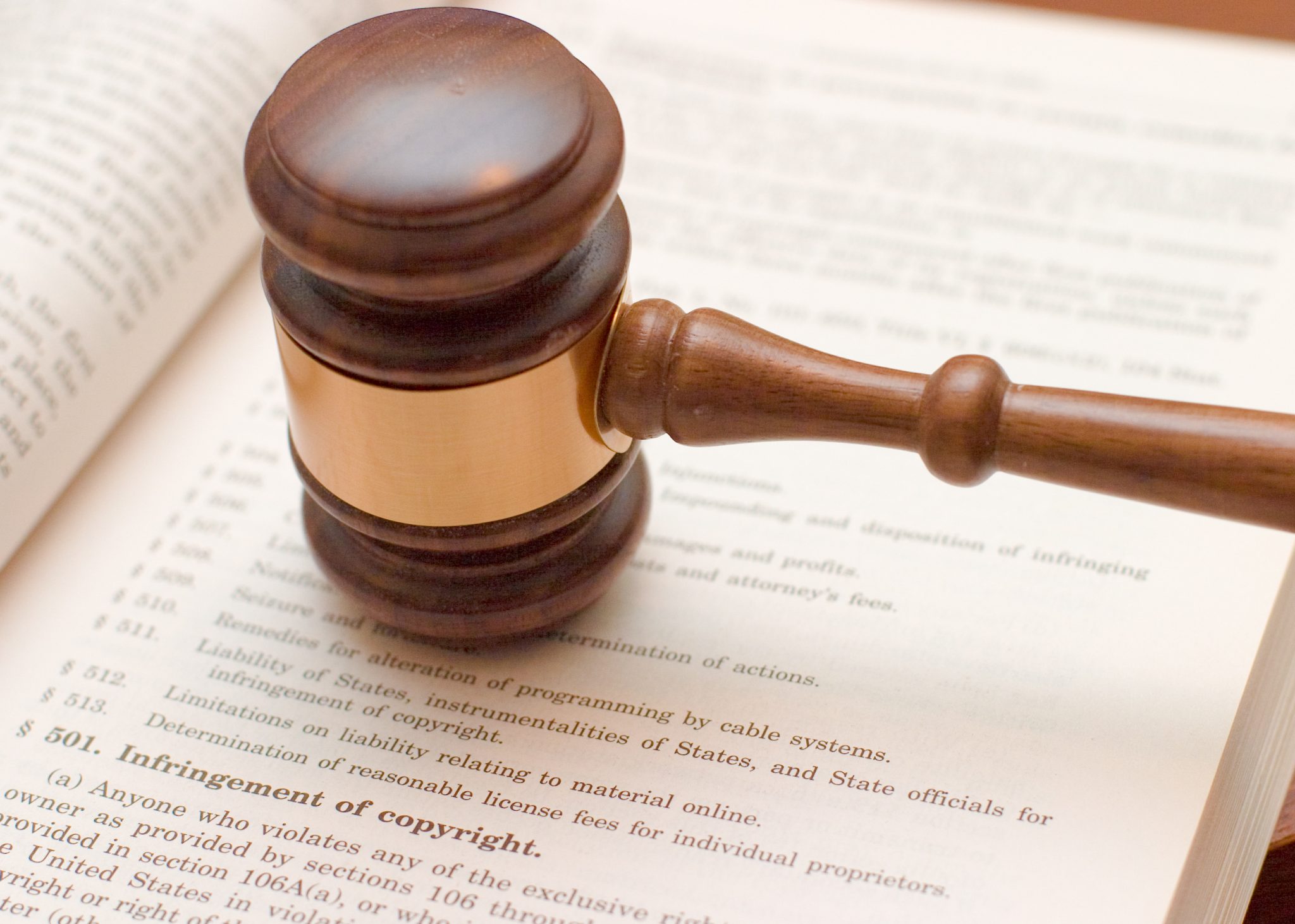Best Practices

What Is Copyright?
Anything written, spoken, created as art, performed—that is, anything expressed in tangible form, including material on the World Wide Web—has a natural copyright. It is the intellectual property of the creator or his or her publisher or employer.
Copyright is the exclusive legal right given to an originator or an assignee to print, publish, perform, film, or record literary, artistic, or musical material and to authorize others to do the same.
What Is Covered by Copyright Law?
Generally, all created material is under copyright protection—photos, recipes*, articles, illustrations, research data, advertisements, music, cartoons, speeches, etc.
*According to the U. S. Government Copyright Office website, “A mere listing of ingredients is not protected under copyright law. However, where a recipe or formula is accompanied by substantial literary expression in the form of an explanation or directions, or when there is a collection of recipes as in a cookbook, there may be a basis for copyright protection.”
Do I Have a Right to Use Copyrighted Material?
In a word, no. You can, however, request permission to use copyrighted material, but you must obtain permission and receive it in writing. You must also give attribution as requested by the copyright holder.
Merely identifying or crediting the source of something you use does not mean you have a right to use it nor does it absolve you of responsibility.
What about Images from the World Wide Web?
It is your responsibility to respect copyright laws, which apply to material published on the web. Do not use an image from the web unless you have written permission or the image is copyright free. Check attribution information attached to the image. But this can be deceptive, and what sometimes appears to be copyright free is actually not. Don’t take a chance. Look for free images (with appropriate attribution) from the following:
- Bugwood.org
- U. S. Department of Agriculture
- U. S. Fish and Wildlife Service
- Other government agencies.
Employees, not Alabama Extension, Alabama A&M University nor Auburn University, are responsible for copyright violations and the fines that could be assessed.
Who Owns the Copyright to a Work?
The author or creator, except in works made for hire. A work made for hire is work created as an employee. Alabama Extension holds the copyright of work done by its employees.
What about Materials Created by Federal Agencies?
According to the U. S. Department of Interior website, “Generally, materials produced by federal agencies are in the public domain and may be reproduced without permission. However, not all materials appearing on this website are in the public domain. Some materials
have been donated or obtained from individuals or organizations and may be subject to restrictions on use.”
Always be sure that you have a right to use anything you download from the web.
How long does a U.S. copyright last?
The life of the author, plus 70 years.
Are there Exceptions?
Yes. These include ideas, short phrases, concepts, procedures, lists of ingredients, calendars, names, titles, and public documents. These cannot be copyrighted.
Where Can I Go for More Information?
Contact Alabama Extension Communications and Marketing if you have questions or are uncertain about the use of materials or images. Also visit Copyright.gov.

